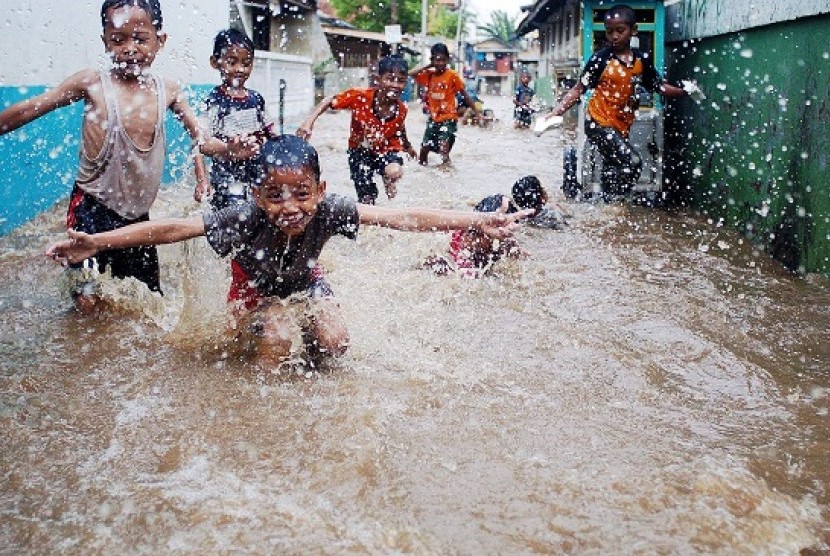Flood seems incurable headache for Batavia -or Jakarta today. In fact, Dutch national Jan Pieterzn Coen built Batavia nearly four centuries ago as a waterfront city, and constructed canals in Jakarta, which were similar to ones in Amsterdam in the Netherlands.
The Dutch were aware of Jakarta`s vulnerability at the time and so the city`ss struggle against floods was initiated by Jan Pieterzn Coen, who established the "Burgelijke Openbare Werken" (BOW) or the Department of Housing Development and Infrastructure (Public Works) in Batavia in 1854.
Dr Wim Ravesteijn, an associate professor and head of the Technology Dynamics and Sustainable Development at the Technology University of Delft (TUD) in the Netherlands pointed out that when floods hit Batavia in 1918, water management engineer Herman van Breen proposed the idea of constructing a western flood canal and an eastern flood canal to help drain out water from the flooded areas. The concept was based on controlling the water volume discharged into Batavia by as many as 13 rivers.
The runoff water would be diverted through the left and the right side of the city into the sea. Later in 1919 and 1920, the "Manggarai" and "Karet" floodgates were built in Central Jakarta, which helped reclaim the low lying areas.
The "Oosterslokkan" or "Ciliwung-Batavia" and the "Westerslokkan" or "Ciliwung-Cisadane" gates were built in the 1800s and the Mookervaart`s floodgate in Tangerang linking the Cisadane and Cidurian rivers, were constructed by Van Breen, Polderman and Dumont in the early 1900s for shipping and cleaning the canals` water in Batavia. However, Ravesteijn regretted the current deplorable condition of the polluted canals.
"Mookervaart is a small floodgate but its function is important for controlling the flow of water. It used to maintain the water flow coming into the city and for keeping it clean, but its current condition is very different as it now holds contaminated black water, which has an unpleasant odor," he said.


